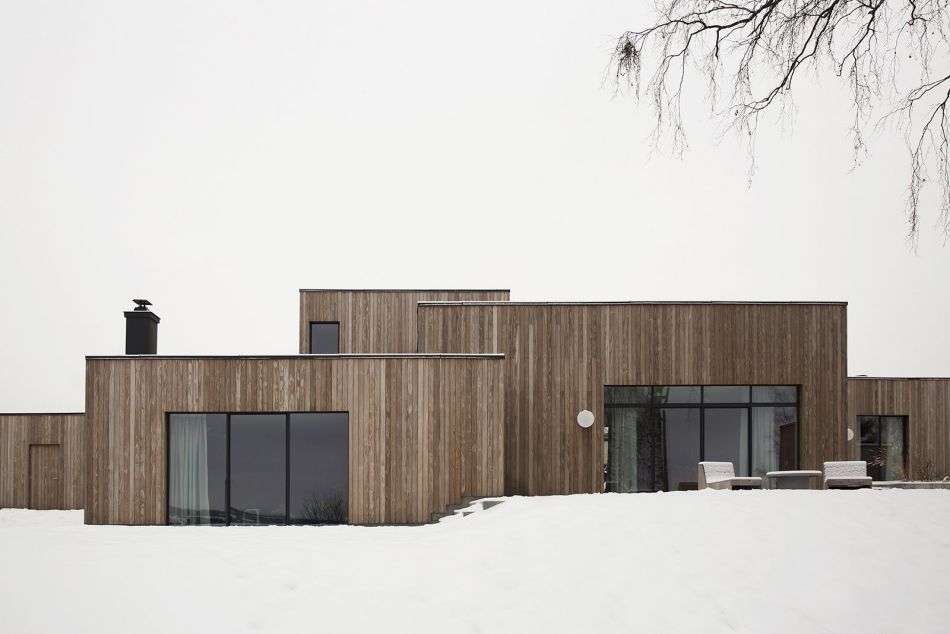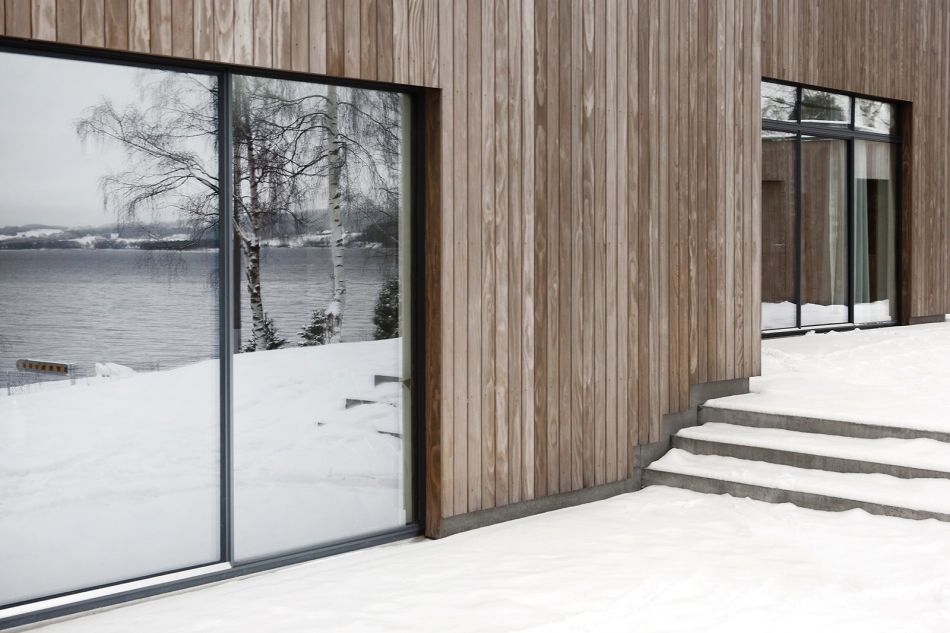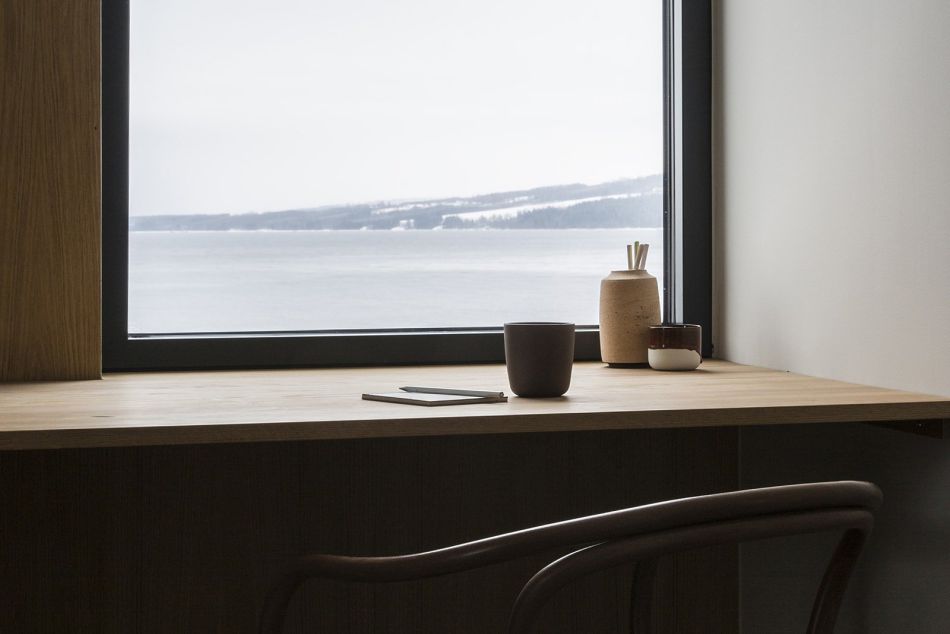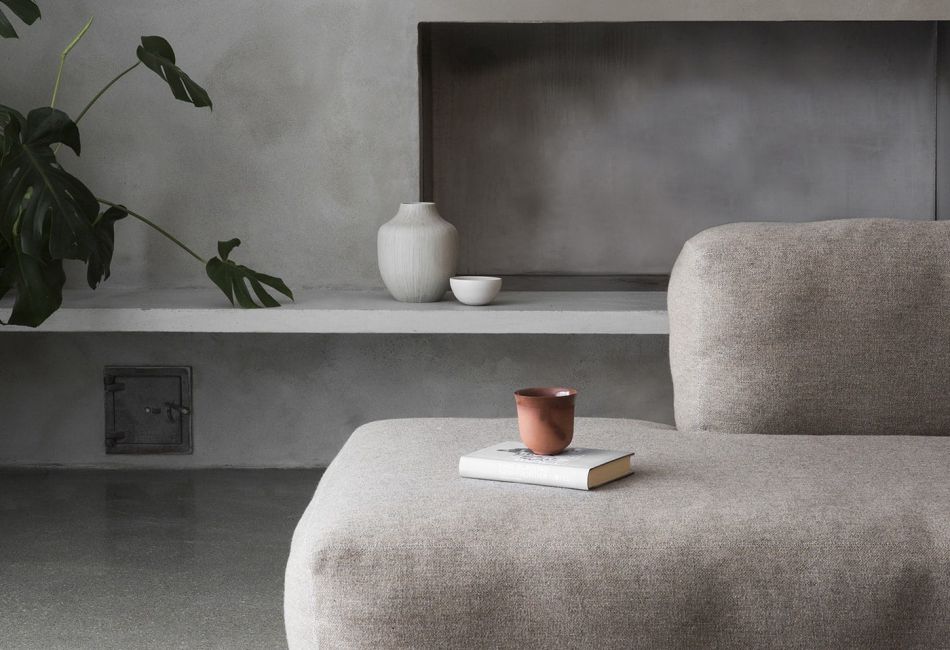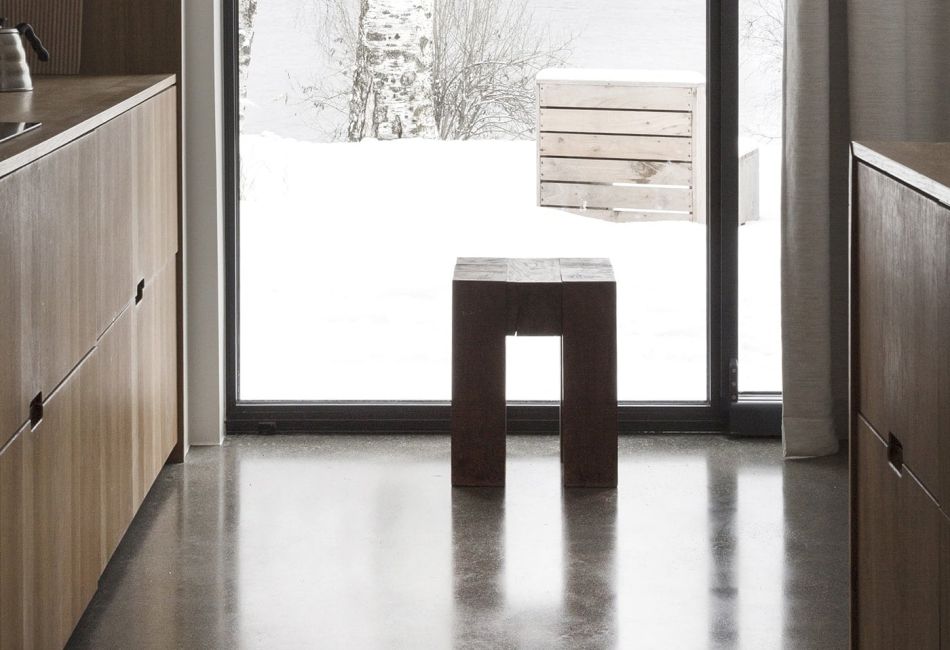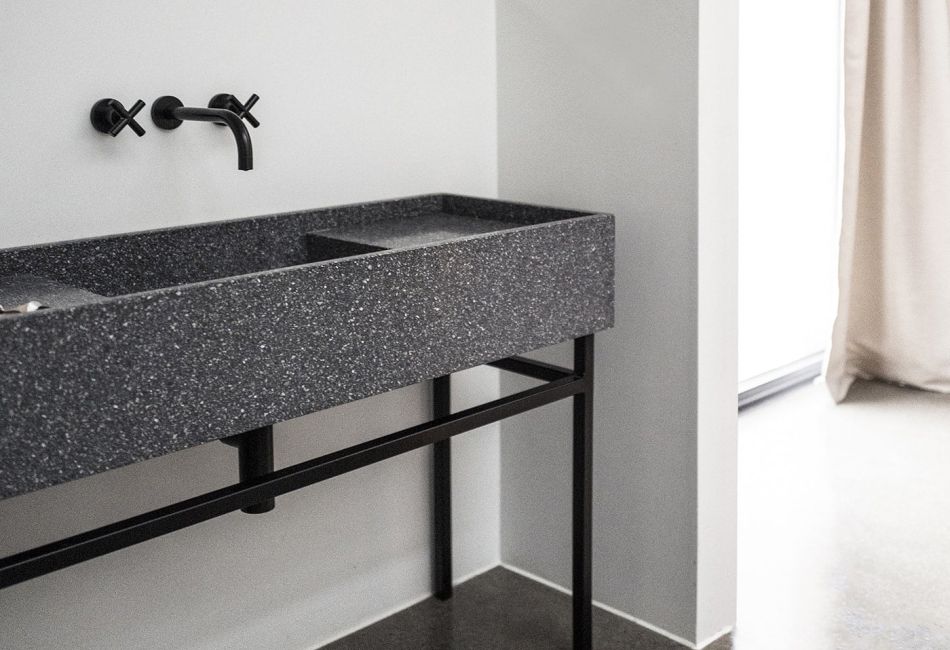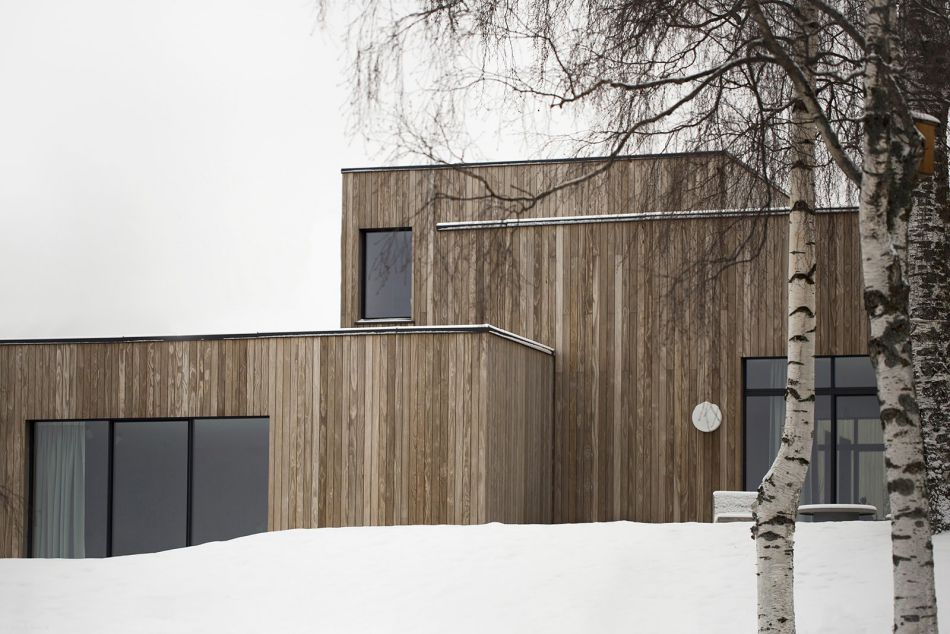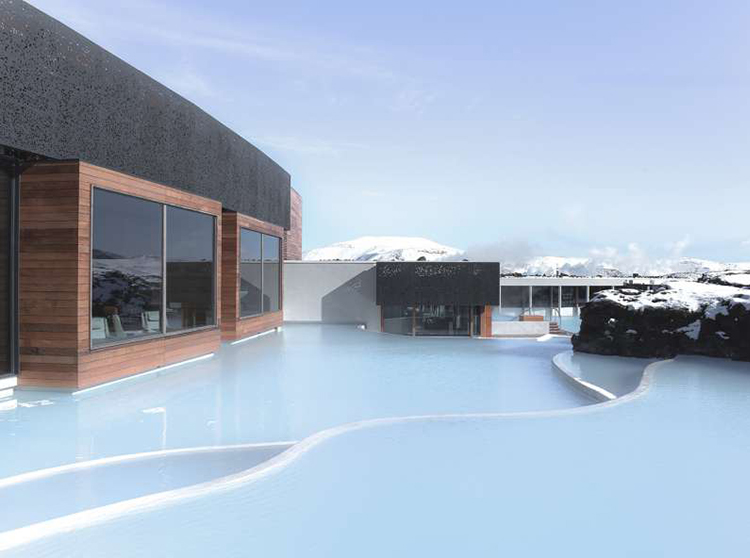Nature is a manmade concept to classify different living environments. The word is often used to describe an entity that is void of human presence and activities but in fact, a metropolis can also be considered a natural landscape for it provides ground for habitation. Therefore, architectural projects that find themselves placed amidst isolated landscapes actually respond to the idea of individualism and collectivism, rather than escapism.
Escapism is the concept of removing oneself from unpleasant realities and in today’s context, bustling urban areas. However, while that idealism gives a certain charm it also denies the grace of a city. So to look in a different perspective and to challenge one’s decision of having a home on the metropolitan periphery, I want to shift the conversation to a humanist side of residential projects: architecture of happiness.
The Gjøvik House—a recent residence situated an hour outside of Oslo, Norway and designed by Norm Architects—is an example of isolated architecture. Surrounded by beautiful hills and woodlands, the house rises like a modest insertion. Its minimal wooden façade folds and turns as each part fluctuates to give this contemporary dwelling an appearance of a cubic cluster. Despite that, the intention behind the shifts in form is to give the house intimate corners and personal spatial pockets. Mimicking the outer layer, the space inside is filled with wooden furniture and homewares. Occasionally, the timber shelves are accented with neutral-tone potteries, signifying a warmth emitted from earthen materials. To contrast with the brown colour of wood, a combination of grey concrete and white plaster are introduced, complemented with vases of greens. The interplay of colours and furnishes creates an enveloping feeling that every dwelling should have.
Having thoroughly considered the climate in the process of designing the house, the idea behind the cluster style house was to give the home a cosy and inviting feel, where you can truly hibernate while taking shelter from the frigid days of Nordic winter, said the architects.
The interior’s simplicity is the architect’s answer to Gjøvik House’s complex form. With a strong emphasis on the hierarchy of common space, the architects compose a series of intimate moments and weave them together using natural light from large openings that face Mjøsa lake. In a sense, Norm Architects has created an array of musical notes that are so different, yet when put together, they form a beautiful symphony. The vague boundaries of private and communal matters then collide to bring the family together under this shelter.
